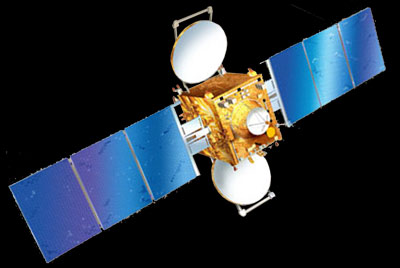How many Objects are there in Our Solar System
Solar System
The sun and everything that revolves around it form the solar system. The planets and their moons, comets, asteroids, and other space objects orbit the sun. All these objects are held together in the solar system because of the sun’s gravitational pull. It is believed that the sun, the Earth, and the other planets of the solar system were formed at the edge of a galaxy called the Milky Way galaxy about 5000 million years ago.
Objects of the Solar System
Galileo was the first person to observe the night sky through a telescope. This was in the early 1600s. Since then, hundreds and thousands of scientists have been studying the night sky, the movement of celestial bodies, and the universe.
We now have a better understanding of planets and other celestial bodies. In view of many recent discoveries, and our changing understanding of planetary systems, scientists have felt it necessary to create a new definition for planets and other bodies in the solar system. The objects of the solar system (except satellites) are placed in three distinct categories: planets, dwarf planets, and small solar-system bodies.
According to the new definition, there are eight planets in the solar system. In the order of their increasing distance from the sun, they are Mercury, Venus, Earth, Mars, Jupiter, Saturn, Uranus, and Neptune. Pluto and Ceres are placed under the category of dwarf planets. More dwarf planets may be included under this category in future. Asteroids, comets, and other small bodies are placed under the category of small solar-system bodies.
1. Sun
The sun is a medium-sized star. It is a huge ball of gases, mainly hydrogen. There is a massive nuclear reaction taking place in the sun, converting the hydrogen gas into helium gas. This reaction gives out huge amounts of light, heat, and other forms of energy. The diameter of the sun is about 1.4 million kilometres. It is so big that it could hold more than a million planets of the size of the Earth! There are much bigger stars than the sun in the universe. One of the biggest stars that we know of is Betelgeuse.
2. Planets
In early times, people studied the night sky, by observing the objects with the naked eye, and then through telescopes. In the night sky, planets appear as bright specks of light, much like stars. They do not twinkle. While the stars show no visible change in their position in the sky, the planets seem to move or ‘wander’ with respect to the stars. Hence, they were named planets, which means ‘wanderers’ in Greek.
Unlike stars, planets do not emit light of their own. They appear bright like stars in the night sky because they reflect light from the sun (like the moon does). They are also closer to us than the stars and, therefore, the light coming to us from the planets is brighter and bigger (i.e., they are generally bigger blobs of light) and hence does not appear to twinkle.
Mercury, Venus, Mars, Jupiter, and Saturn are quite bright and can be seen with the naked eye. The other planets, namely Uranus and Neptune, are very faint and can be seen only with a telescope. Uranus can sometimes be seen with the naked eye. Mercury, Venus, Earth, and Mars are called inner planets because they are much closer to the sun as compared to Jupiter, Saturn, Uranus, and Neptune, which are called outer planets.
3. Small Solar-System Bodies
These include asteroids, comets, and other small bodies.
Moon
A relatively small body that revolves around a bigger body like a planet is called a satellite. The moon is the Earth’s only natural satellite. Most satellites are small compared to the planet they orbit, but our moon is fairly large in comparison. It is about one-fourth the size of the Earth. The surface of the moon has many craters, which were made by meteorites hitting it. There are many dark patches on the moon’s surface. From Earth these look like seas.
Artificial Satellites
Man has sent many satellites into space. These are called artificial satellites. The first artificial satellite Sputnik-1 was sent by the former USSR on October 4, 1957.
India sent her first satellite Aryabhatta, into space on March 19, 1975. Satellites are used for many purposes, including conducting scientific experiments; studying stars, galaxies, and other celestial objects; weather forecasting; telecommunication and television broadcasting; navigation of ships and aeroplanes; mapping natural resources like minerals and forests; and for defence purposes.

